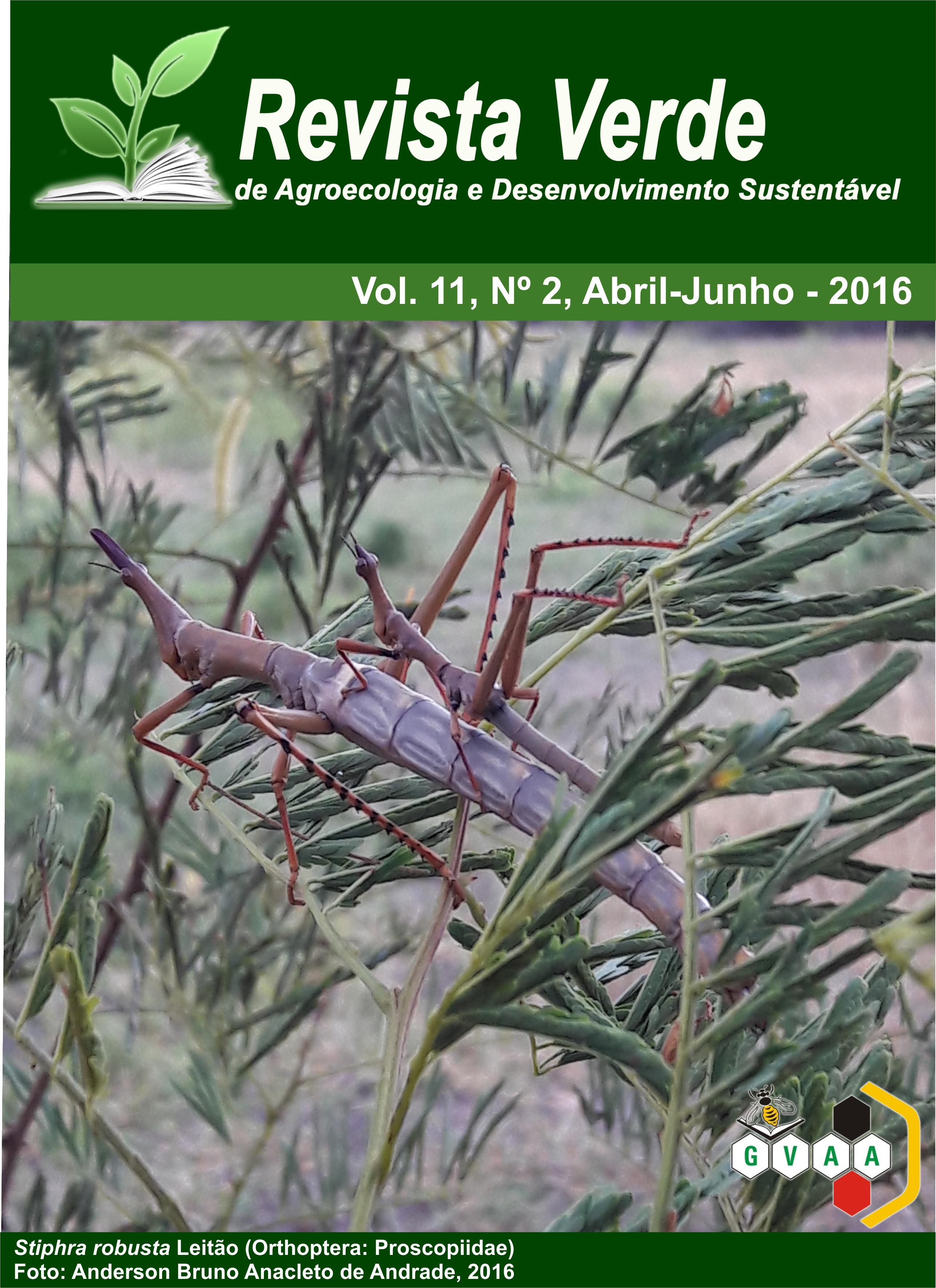El Niño/La Niña influence in number of days with rain in Bom Jesus - Piauí, Brazil
DOI:
https://doi.org/10.18378/rvads.v11i2.3993Keywords:
Linear regression, rainfall variability, climatic seriesAbstract
In Bom Jesus city, the temporal variability of precipitation characteristics are from different active weather systems. Often the lack of rain for extended periods, causing serious problems for society, agricultural and natural ecosystems. The objective is to analyze the relationship between the number of days with rain and precipitation in the city under study between the 1960-2014 period and its influence among Niño(a) phenomena, we used the daily data of rainfall year 1960-2014 provided by Superintendence of Northeast Development (SUDENE) and the Company's extension of the Piaui state (EMTERPI). The use of statistical package spreadsheet for graphing with monthly variability of days with rainfall events (DCC). In addition to the data mentioned, we used the data intensity of ENSO, obtained from the service of the USA National Climatological - NOAA for the same period. Analyses were performed for every month of the year in study of Bom Jesus city, generating information that will serve as a code for proper use of water for agriculture, irrigation, power generation, water and natural resources and the urban water supply/rural and local economy. The analysis of 1960-2014 data collection allowed that end: In the years where rainfall was below average (984.8 mm), there were better temporal distribution of rainfall, the opposite of when it rained above average. There was an increase in precipitation and number of days with rain in the 1st quarter of the year; while on the 2nd and 4th quarter is reducing both the rainfall and the number of rainy days, the number of days with extreme rains were above or below the average were not explicitly associated with ENSO.















